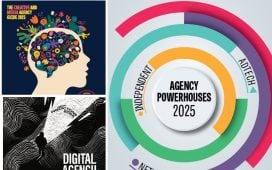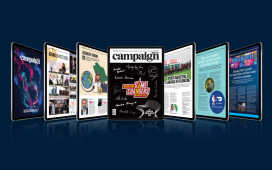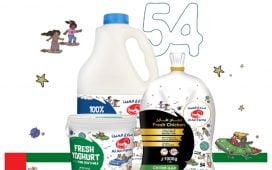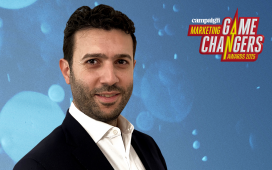Disruption is a cool word. Marketing people love the word disruption. It gives us a feeling that we’re doing something really out there and wild that goes against the grain and is super creative.
Because we all want to be known as super creative people.
The disruption I personally love the most is the disruption of thought. Less the things that make me act differently, more the things that make me think differently.
The last disruptive concept that made me sit up and question thought is the new screen usage indicator on the latest iPhone software update.
It is a daily log of how much your phone screen is in use throughout the day. You get an insight into how much time you’r
To continue reading this article you need to be registered with Campaign. Registration is free and only takes a minute. Register Now or sign in below if you already have an account.









